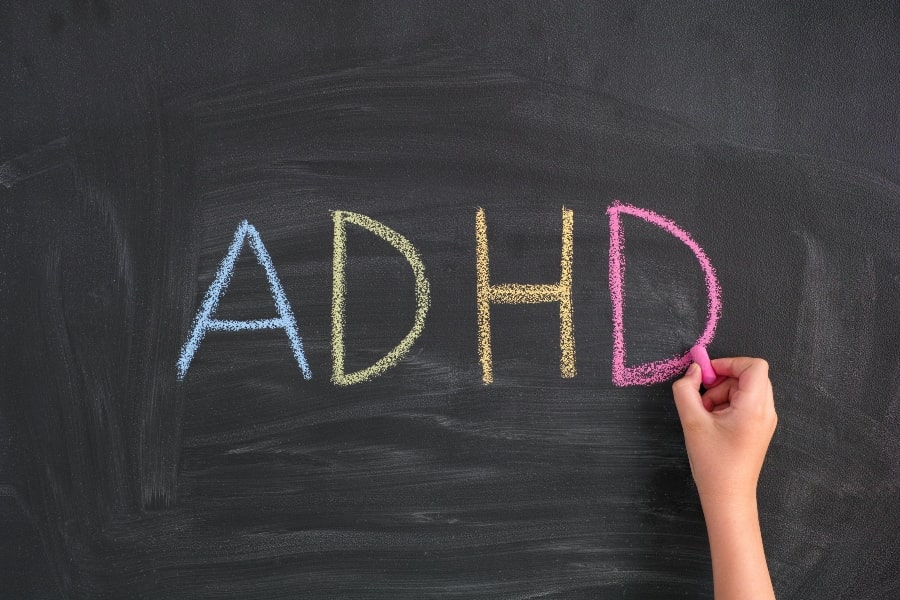
Highlighting ADHD Awareness Month
The Calli InstituteWith the new school year freshly under way, a lot of attention focuses on in-classroom behavior. Children are expected to sit still, pay attention, and remember lessons. But what if they can’t? Sometimes, inattentiveness is the result of attention deficit hyperactivity disorder (ADHD), which makes learning more difficult. During October at The Calli Institute, we’re highlighting ADHD Awareness Month to help create a better understanding of this disorder.
Explaining ADHD
In 1902, a pediatrician in the United Kingdom first chronicled hyperkinetic disorder, characterized by uncontrolled distraction, impulsivity, and hyperactivity. Over the years, ADHD was called several different things before the American Psychiatric Association (APA) changed the name to attention deficit hyperactivity disorder in 1987.
A neurodevelopmental disorder, ADHD is a lifelong condition that affects people of all ages, races, and genders. Studies show that currently 8.7 percent of U.S. children aged 3 to 17 have been diagnosed with ADHD. Because boys often demonstrate greater behavioral issues, they’re more likely than girls to be diagnosed.
Patterns and Behaviors
As a neurobiological disorder, ADHD affects the brain’s function and growth. It can also delay development, as some areas of the brain may be smaller in children with ADHD, affecting cognition, behavior, and focus.
While there is no single cause of ADHD, there is also no evidence to support that it’s caused by sugar, preservatives in food, watching too much TV, or playing video games. Genetics, family history, and environment are likely the biggest contributing factors.
Beyond genetics, elements that can affect brain development and may also contribute to ADHD include pregnancy complications; prenatal exposure to drugs, alcohol, or tobacco; low birth weight; and more.
But, as with most conditions, ADHD is often the result of a combination of these and potentially other factors, any of which can affect or be affected by others. Furthermore, exposure to factors that may contribute to the risk of ADHD doesn’t necessarily guarantee the disorder.
Types of ADHD
In its Diagnostic and Statistical Manual of Mental Disorders 5, the APA outlines different classifications of ADHD based on exhibited symptoms. For an ADHD diagnosis, an individual must exhibit a certain number of symptoms for at least six months. Additionally, those symptoms must be present to a degree that is irregular for the individual’s level of development.
Someone with diagnosed with ADHD predominantly inattentive type may:
- Have difficulty with organization
- Be inattentive when not directly addressed
- Make careless mistakes, not pay attention to detail, or not follow through with instructions
- Become distracted by overstimulation
- Be distracted with daily routines
An ADHD predominantly hyperactive-impulsive type may:
- Talk, run, or climb excessively
- Interrupt others
- Fidget, squirm, or be unable to sit still
- Be constantly active
- Have trouble waiting their turn
An individual with ADHD combined type displays characteristics from both the inattentive and hyperactive-impulsive sets.
It is also worth noting that symptoms of impairment in certain settings or functionality must also be present for an ADHD diagnosis.
Managing ADHD
Fortunately, ADHD is manageable. Treatment options often depend on the severity of the disorder as well as how an individual responds to one option or another.
The two most common treatments for ADHD are:
- Medication. FDA-approved stimulants and non-stimulants can help manage symptoms and control behavior. Medications affect individuals differently and may have side effects, so it’s best to consult with a medical provider.
- Behavior Therapy. ADHD is often associated with uncontrollable behavior, which affects both the child and the family. Behavior therapy addresses these issues to help the child and parents learn to curb or manage disruptions.
We’re Here to Help
With so much going on around us at all times, it can be difficult to concentrate. And that’s even more likely for anyone with attention deficit hyperactivity disorder. Through highlighting ADHD Awareness Month, we hope to help others better recognize symptoms and more quickly reach out for diagnosis and management assistance. Our team at The Calli Institute implements a balanced approach to overall wellness, and we’re always here to help.
